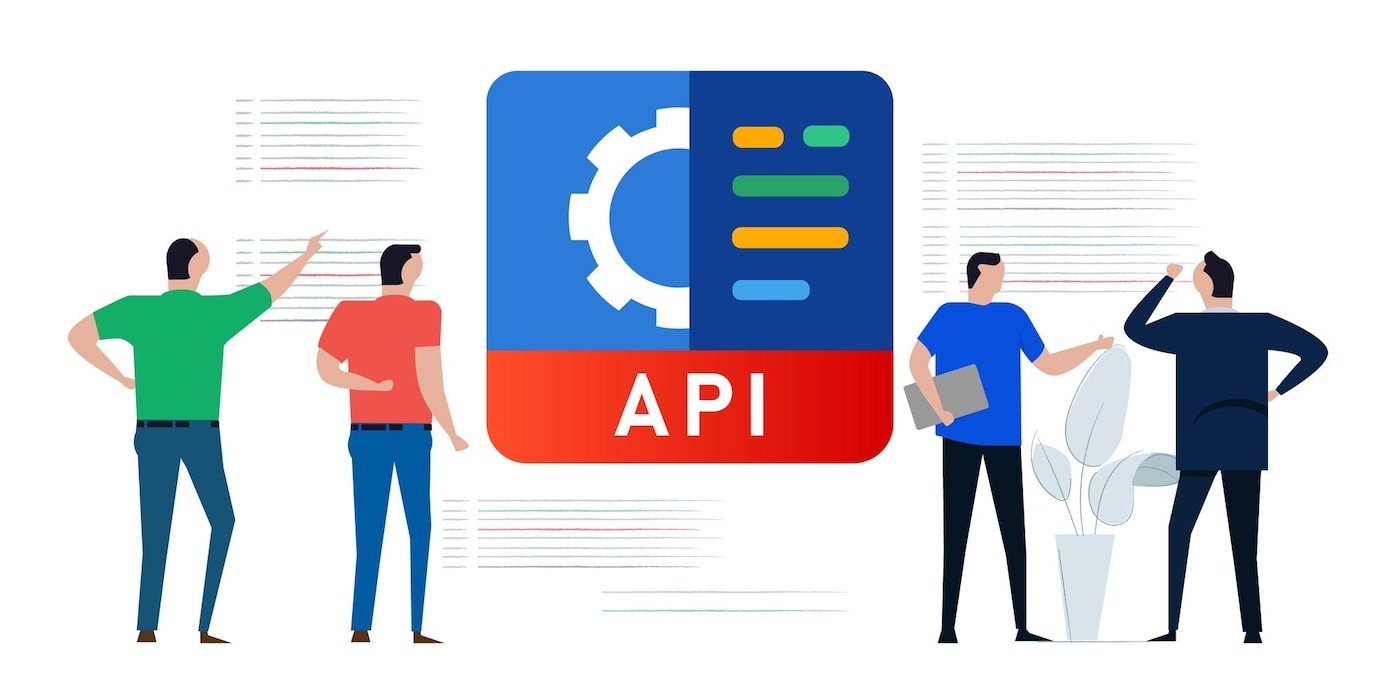In today’s connected software ecosystem, very few applications operate in isolation. Whether it’s payment gateways, CRMs, cloud storage, email services, or analytics tools, third-party integrations are the glue that powers modern web apps.
With ASP.NET Core, you’ve got a robust and flexible platform that makes API integration efficient, testable, and scalable. But how you implement it matters — because bad integrations can become bottlenecks, security risks, or hard-to-maintain nightmares.
In this article, you’ll learn the most effective ways to integrate ASP.NET Core applications with external services and APIs, key architectural patterns to follow, and best practices used by experienced teams offering custom ASP.NET development services.
Why Third-Party Integration Matters in ASP.NET Core Applications
Your app doesn’t need to reinvent the wheel. Instead of building your own email system, you integrate with SendGrid. Rather than building a payment processor, you connect with Stripe, Razorpay, or PayPal.
Third-party APIs allow ASP.NET Core developers to:
- Launch faster by using ready-made services
- Offload non-core features (payments, notifications, etc.)
- Stay scalable and secure without managing everything in-house
- Leverage world-class functionality without building from scratch
If you’re working with a asp net development company, third-party integrations are often part of your tech roadmap from day one — whether it’s CRM sync, shipping APIs, or external identity providers.
Best Practices for Calling External APIs in ASP.NET Core
The most common way to communicate with third-party services is via HTTP-based APIs, and .NET Core provides a clean and powerful way to handle this with HttpClient.
✅ Use IHttpClientFactory (Not Raw HttpClient)
Never instantiate HttpClient directly in your services — it leads to socket exhaustion and performance issues.
Instead, use the built-in IHttpClientFactory:
csharp
CopyEdit
builder.Services.AddHttpClient<IPaymentService, PaymentService>();
Then inject it:
csharp
CopyEdit
public class PaymentService: IPaymentService
{
private readonly HttpClient _httpClient;
public PaymentService(HttpClient httpClient)
{
_httpClient = httpClient;
}
public async Task<string> ChargeAsync(PaymentRequest request)
{
var response = await _httpClient.PostAsJsonAsync(“/api/pay”, request);
return await response.Content.ReadAsStringAsync();
}
}
This keeps your code clean, testable, and easy to extend. It’s a standard approach in ASP.NET web development projects where multiple APIs are involved.
Handling Authentication and Secure API Access
Many third-party APIs require tokens, API keys, or OAuth-based authentication. Here’s how to handle that securely in .NET Core:
1. Store Secrets Securely
Use Azure Key Vault, environment variables, or secret managers — never store keys in your source code.
2. Use Delegating Handlers for Auth
If you’re using IHttpClientFactory, you can add handlers that attach tokens automatically:
csharp
CopyEdit
services.AddHttpClient(“ExternalAPI”)
.AddHttpMessageHandler<BearerTokenHandler>();
3. Handle Expired Tokens Gracefully
Build retry logic into your handlers if the token can expire (common with OAuth2 services).
A top ASP.NET Core development company will always enforce secure handling of third-party API secrets as part of their DevSecOps pipeline.
Structuring Your ASP.NET Core Project for Extensibility
When integrating multiple services, keep your codebase modular to avoid tight coupling.
🔹 Use Interfaces
Abstract the external service logic behind an interface (IPaymentService, IEmailProvider). This helps with testing and swapping providers later.
🔹 Centralise Configuration
Use strongly-typed Options classes to manage API endpoints and credentials via appsettings.
json
CopyEdit
“PaymentProvider”: {
“ApiKey”: “your-key”,
“BaseUrl”: “https://api.payment.com”
}
🔹 Separate External Logic
Keep API logic in its own project or folder (Services/Integrations) so your business logic stays clean.
This approach is crucial if you’re planning to hire ASP.NET MVC developer teams to work alongside existing systems — it makes onboarding and scaling much smoother.
Common Pitfalls to Avoid in API Integrations
Integrating third-party APIs can seem simple — until something breaks in production. Here’s what to avoid:
- Hardcoded timeouts or retries – use Polly to add intelligent retry, circuit breaker, and timeout policies.
- No error logging – always log API responses (especially failures) using tools like Serilog or Application Insights.
- Assuming API stability – APIs evolve, get rate-limited, or go down. Build fallbacks or alerts.
- Ignoring versioning – Track API versions and avoid breaking changes by isolating them per provider.
Teams offering ASP.NET development services typically follow integration lifecycle practices — testing against sandbox environments, mocking API responses, and handling failovers gracefully.
Conclusion: Smarter Integrations = Smarter Applications
Third-party APIs are essential to building modern ASP.NET Core applications that are lean, fast, and feature-rich.
By using best practices like IHttpClientFactory, secure token management, modular architecture, and smart error handling, you can integrate confidently, without compromising your application’s performance or reliability.
Whether you’re working with a vendor or planning to hire ASP.NET programmer resources in-house, solid API integration is a sign of quality engineering and future-proof planning.
Done right, third-party integration doesn’t just power your app — it accelerates your entire business.
